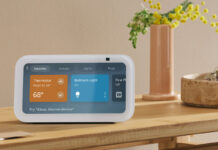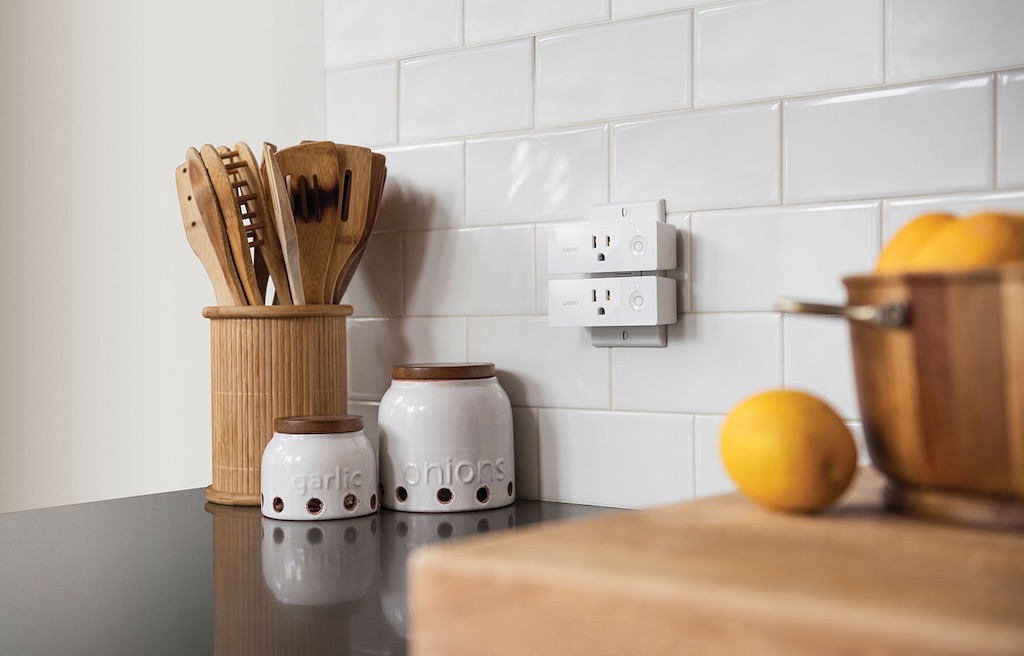
In my most recent article—Renters Can Have Smart Homes Too!, I touched on a number of different Smart Home products that renters, just as well as homeowners, can easily acquire and use. One of the product types that I mentioned was Smart Plugs, though I only spent a bit of time on any given category of smart home product. Today, alternatively, I’m going to take a much more in-depth look at smart plugs, examining things like their incredible convenience and energy saving potential. Read on for a few key considerations of incorporating smart plugs into your own smart home.
Why use Smart Plugs?
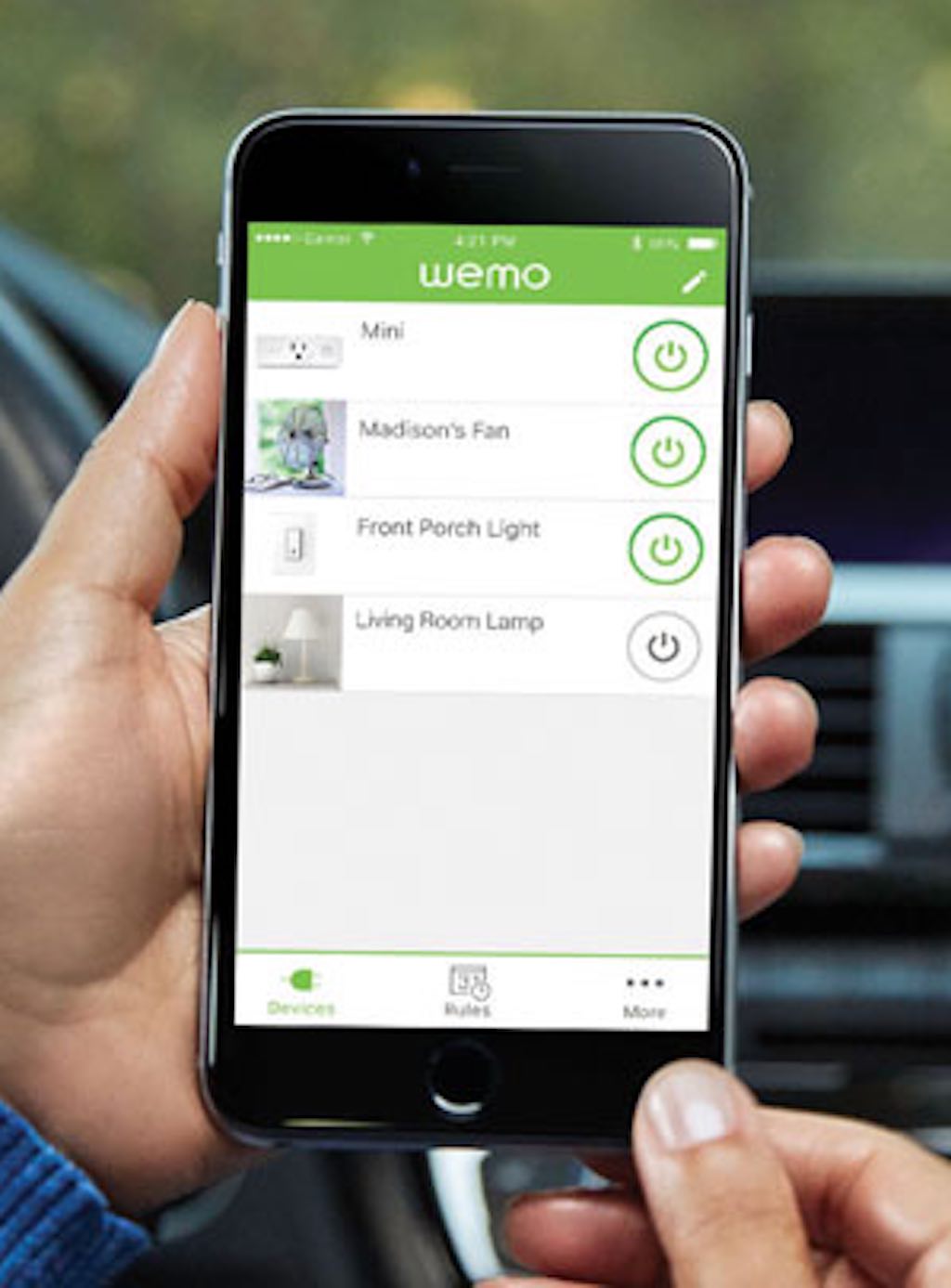 There are a variety of good reasons to incorporate smart plugs into your home: They are extremely affordable (possibly the most inexpensive smart home gadget there is), they turn your other (regular) electronics and appliances into smart ones, and they offer the convenience of app-based control (giving you the ability to turn things on and off remotely from anywhere in the world with the use of your smart phone). With attributes like that, it’s no wonder that smart plugs have become so popular over the last few years; but that’s not all they can do. In addition to the benefits mentioned above, smart plugs also allow you the versatility and freedom to set schedules for when electronic devices (such as lamps and heaters) will and will not receive power, they can give you voice control over those other devices as well (when paired with smart speakers and smart voice assistants), and they can easily be incorporated into a number of broader smart home ecosystems. For instance, some smart plugs are compatible with popular smart home ecosystems like IFTTT (If This, Then That) and Works with Nest.
There are a variety of good reasons to incorporate smart plugs into your home: They are extremely affordable (possibly the most inexpensive smart home gadget there is), they turn your other (regular) electronics and appliances into smart ones, and they offer the convenience of app-based control (giving you the ability to turn things on and off remotely from anywhere in the world with the use of your smart phone). With attributes like that, it’s no wonder that smart plugs have become so popular over the last few years; but that’s not all they can do. In addition to the benefits mentioned above, smart plugs also allow you the versatility and freedom to set schedules for when electronic devices (such as lamps and heaters) will and will not receive power, they can give you voice control over those other devices as well (when paired with smart speakers and smart voice assistants), and they can easily be incorporated into a number of broader smart home ecosystems. For instance, some smart plugs are compatible with popular smart home ecosystems like IFTTT (If This, Then That) and Works with Nest.
Finally, smart plugs even have the potential to help cut down on your monthly power bill. This is due to the greater control they provide over your other electronic devices. For instance, if you leave for work in the morning forgetting to turn off a lamp that would otherwise burn all day, smart plugs allow you to turn that lamp off from anywhere. Whether you’re on the bus, at work, or somewhere in between, there’s no need to let that lamp burn brightly all day. Simply open your smart plug’s app and turn it off from wherever, and you won’t waste power all day.
What Do You Need to Use Smart Plugs?
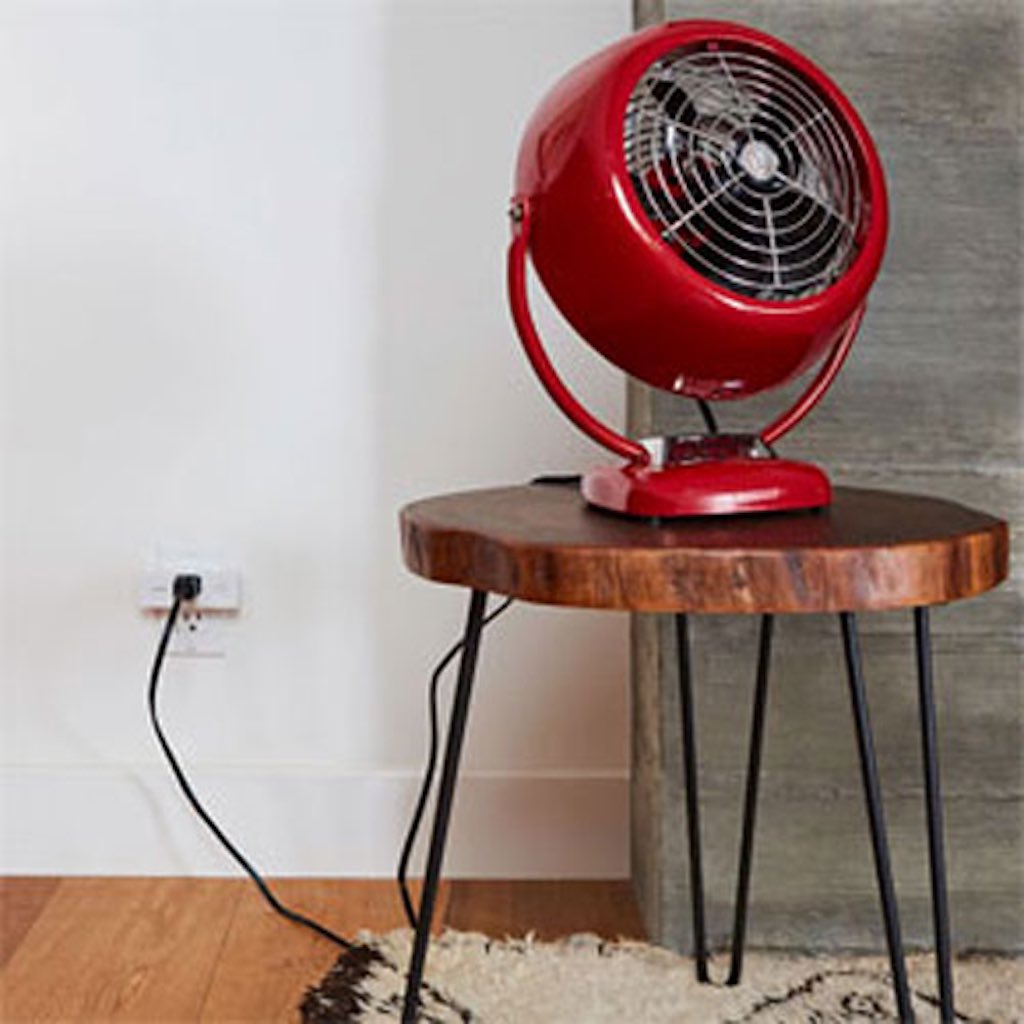
Smart plugs are among the very simplest of smart home devices. All you really need to begin using these incredibly convenient gadgets (aside from the plugs themselves) is a strong Wi-Fi signal in whatever part of your home that you intend to use them in and a standard smart phone (typically an iOS or Android based model).
With that phone you will simply download the brand specific dedicated app (for instance, the Kasa App for TP Link devices) that allows you to control your chosen type of plugs, and you can even add multiple smart plugs (of the same type) to the same individual account to be controlled by the same app.
Just give your plugs different names (such as “kitchen” or “bedroom”) that will make it easy for you to differentiate and remember them, and you will easily be able to control every device or appliance that’s plugged into them throughout your home. It’s not rocket science either—anyone can use smart plugs!
Popular Smart Plug Brands and Products
WeMo
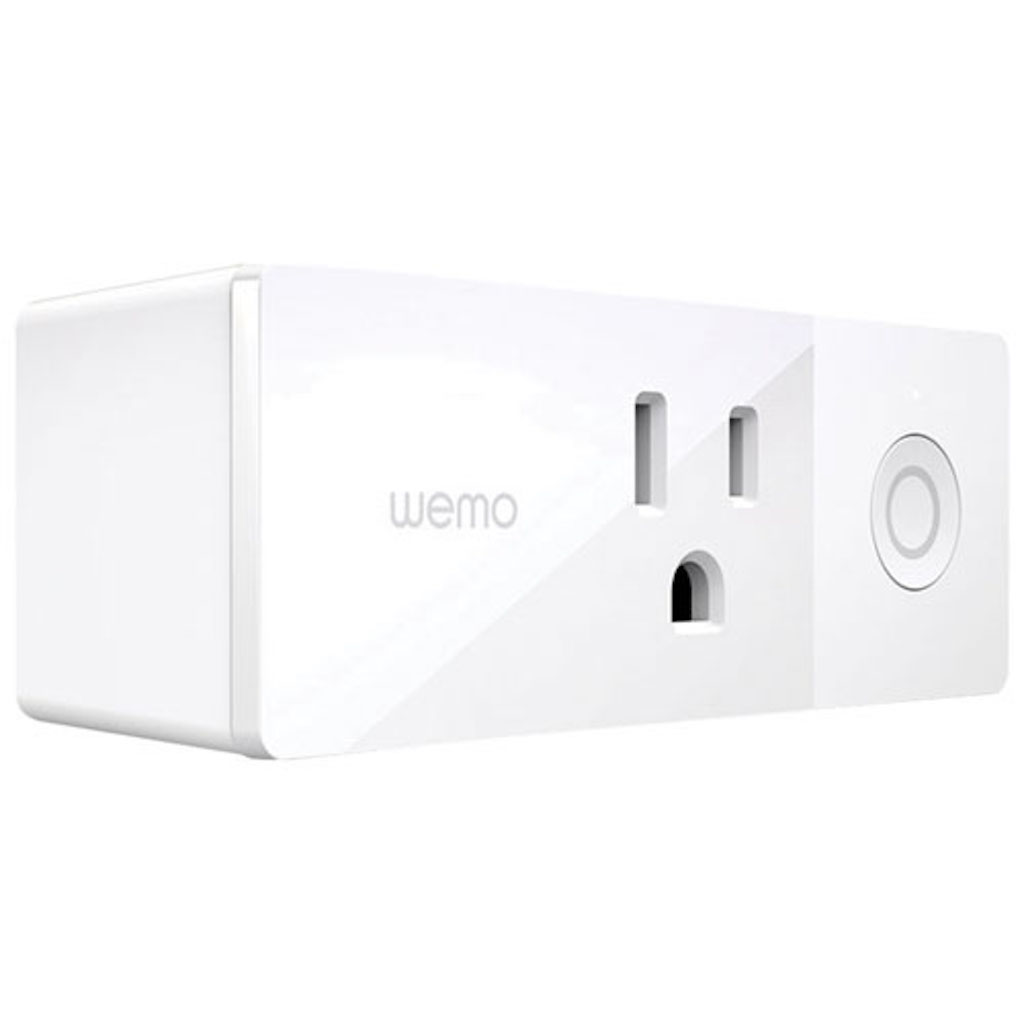
One of the most trusted and popular smart plug brands today is WeMo, by Belkin. These smart plugs are not only small and unobtrusive (blocking no more holes in a standard wall outlet than those they occupy), but they also offer a variety of useful features and benefits. WeMo smart plugs are IFTTT compatible, they Work with Nest, they offer you full control of everything that’s plugged into them (via the specialized WeMo App), and they require no additional expenses (hubs or subscriptions) or special knowledge to use. In fact, their ability to pair with a separately acquired Nest Thermostat adds great convenience to the equation.
For example, the WeMo Mini Smart Plug can take advantage of Nest’s ability to communicate its different “Modes” (i.e., home and away) to them, thus allowing your other plugged-in devices to automatically adjust to you being either at home or out some place. In other words, this feature can turn lamps off when you’re out and back on when you get home, as well as many other similar examples of automated control.
TP Link
Another industry leader in the area of smart plugs is TP Link. TP Link offers smart plugs both together and in pairs, such as the TP-LINK Smart Wi-Fi Plug Mini – 2 Pack. The great thing about buying smart plugs in pairs, besides saving a bit of money on the per unit cost, is the fact that you can either keep the plugs together in the same wall outlet or use them separately in different parts of your home. This particular set of smart plugs works with TP Link’s Kasa App to provide many of the same features as the WeMo model. Things like scheduling your electronics to come on and go off at a time of your choosing, the ability to control your plugs remotely from anywhere in the world that has Wi-Fi access, and a special Away Mode that will turn your lights and appliances on and off at various times when you’re not at home to create the illusion that someone is there (potentially deterring burglars and trespassers) are all included on that list.
By now I’m sure it’s clear that smart plugs offer a number of features and benefits that just about anyone would find to be incredibly convenient. They not only enhance the smart homes they inhabit, but also the lives of their users. There’s no doubt about it—the smart plug is a truly versatile and convenient modern day contraption! And that, after all, is what smart home tech is all about.
Find your own smart plugs at Best Buy Canada today.




